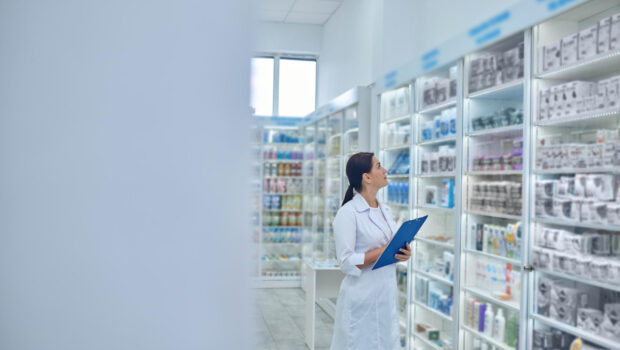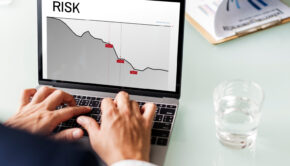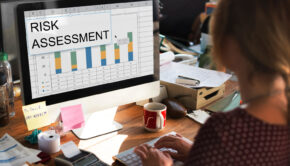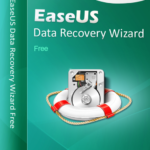Key Processes In Japan’s Good Vigilance Practice
The pharmaceutical market in Japan is an intricate one, marked by stringent safety regulations and characterized by a significant commitment to ensuring patient welfare. As the third-largest pharmaceutical industry globally, Japan’s regulatory environment is vital for any international pharmaceutical company aiming to make a significant impact in the region. Central to these regulations is Japan’s Good Vigilance Practice.
Japan’s GVP: An Essential Framework
Japan’s GVP is a comprehensive set of guidelines that governs how pharmaceutical companies should handle the safety of their products post-marketing. It focuses on the establishment of a robust pharmacovigilance system, accurate reporting of adverse events, and the deployment of risk management strategies. Japan’s GVP is a cornerstone of pharmaceutical regulations in Japan.
Building a Robust Pharmacovigilance System
An effective pharmacovigilance system is built upon the foundation of a systematic approach that is essential for tracking, analyzing, and addressing potential safety concerns associated with pharmaceutical products. To establish this robust system, it is crucial for companies to implement a clear and well-structured framework that enables accurate and timely monitoring, analysis, and reporting of safety data.
It is imperative for these companies to allocate sufficient resources and ensure that their personnel are adequately trained to handle safety data, conduct thorough analyses, and promptly report any identified issues. By prioritizing the establishment of such systems, companies can actively contribute to the promotion of patient safety and the overall quality of pharmaceutical products.
Timely Reporting of Adverse Events
Adverse events reporting forms a critical part of post-marketing safety surveillance. This procedure requires that pharmaceutical companies promptly document and report any adverse events associated with their products to the Pharmaceuticals and Medical Devices Agency (PMDA).
Japan’s GVP mandates strict timelines and formats for these reports, ensuring immediate attention to potential safety issues and facilitating a swift response when needed.
Risk Management in Pharmacovigilance
Risk management in the context of pharmaceutical products encompasses the identification, assessment, and control of potential risks. This entails a comprehensive evaluation of safety data, careful analysis of patterns and trends, and the implementation of appropriate mitigation measures whenever required.
Japan’s Good Vigilance Practice (GVP) offers explicit guidelines on these strategies, emphasizing a proactive stance towards safeguarding patient safety and ensuring high standards of quality assurance. Through adhering to these guidelines, stakeholders in the pharmaceutical industry can effectively manage risks, enhance patient outcomes, and foster a culture of continuous improvement in drug safety and quality.
PMDA: The Gatekeeper of Drug Safety
The Pharmaceuticals and Medical Devices Agency (PMDA) holds a pivotal position in Japan’s drug safety landscape. As the central regulatory authority, the PMDA assumes responsibility for evaluating safety data, actively monitoring the post-marketing surveillance process, and verifying compliance with Japan’s Good Vigilance Practice (GVP) guidelines.
During the Japan GMP drug audit, an essential aspect revolves around the PMDA’s meticulous review of pharmaceutical companies’ pharmacovigilance systems. This assessment aims to ensure that these systems align with the established guidelines, emphasizing the importance of robust safety measures and prompt reporting of adverse events. In maintaining stringent oversight, the PMDA plays a vital role in upholding drug safety standards and safeguarding public health in Japan.
Signal Detection and Risk Assessment
In the realm of drug safety, signal detection refers to the process of identifying potential safety concerns related to pharmaceutical products from various data sources. It is an essential tool for detecting potential issues early and addressing them promptly.
Alongside signal detection, risk assessment helps evaluate the severity and impact of these potential safety concerns, guiding the necessary response. These processes play a significant role in Japan drug quality assurance.
Safety Assessments and Risk Minimization
Safety assessments and risk minimization are fundamental aspects of ensuring the safety and effectiveness of pharmaceutical products. Safety assessments involve a thorough review and analysis of safety data, enabling the identification of potential risks and adverse effects. On the other hand, risk minimization strategies encompass the measures implemented to mitigate and reduce the identified risks.
In Japan, the Good Vigilance Practice (GVP) guidelines serve as a comprehensive framework that provides clear directives on conducting safety assessments and implementing risk minimization activities. These guidelines are essential components of the pharmaceutical regulations in Japan, emphasizing the importance of robust safety measures and proactive risk management in the industry.
Leveraging Data from Clinical Trials and Real-World Evidence
In Japan, the Good Vigilance Practice (GVP) not only mandates the reporting of adverse events but also promotes the integration of safety data from various sources. This includes data derived from clinical trials and real-world evidence, enabling a comprehensive and holistic understanding of a drug’s safety profile.
Integrating data from diverse sources, it becomes possible to conduct more effective risk assessments and implement proactive risk management strategies. This approach enhances the overall safety monitoring process, leading to improved patient safety and better-informed decision-making in the pharmaceutical industry.
Global Collaboration and Information Sharing
Drug safety is a global concern, and therefore, requires international collaboration. Sharing information about adverse events, risk assessments, and mitigation strategies across borders can enhance drug safety worldwide. Japan’s GVP emphasizes this collaboration, fostering a global network of information sharing to ensure patient safety.
Adhering to Japan’s GVP
Understanding and aligning with Japan’s GVP is a critical success factor for international pharmaceutical companies operating in Japan. Not only does it ensure compliance with pharmaceutical regulations in Japan, but it also facilitates a commitment to patient safety, quality assurance, and continuous improvement. In incorporating these practices, pharmaceutical businesses can contribute significantly to global drug safety.
Japan’s GVP provides a comprehensive and robust framework for ensuring drug safety post-marketing. Adherence to these guidelines signifies a dedication to patient safety, high-quality products, and a commitment to continual improvement – values that resonate globally.
As the pharmaceutical industry continues to evolve, regulations such as Japan’s GVP will continue to be a beacon guiding its progress.
Cover Image by Freepik
















